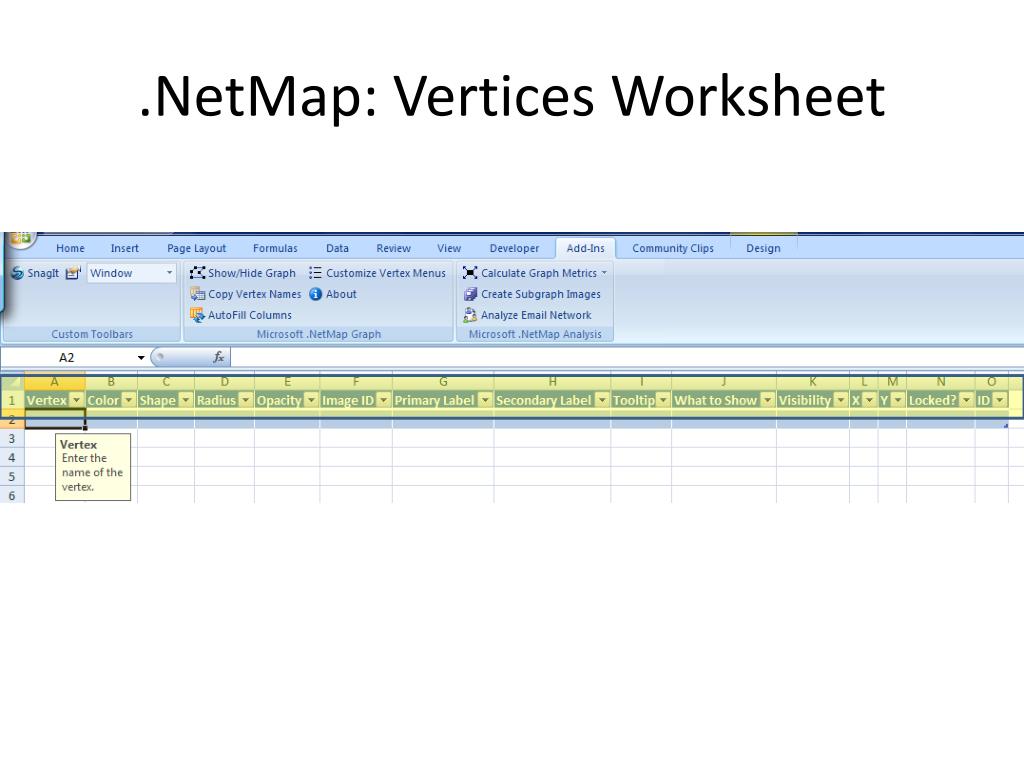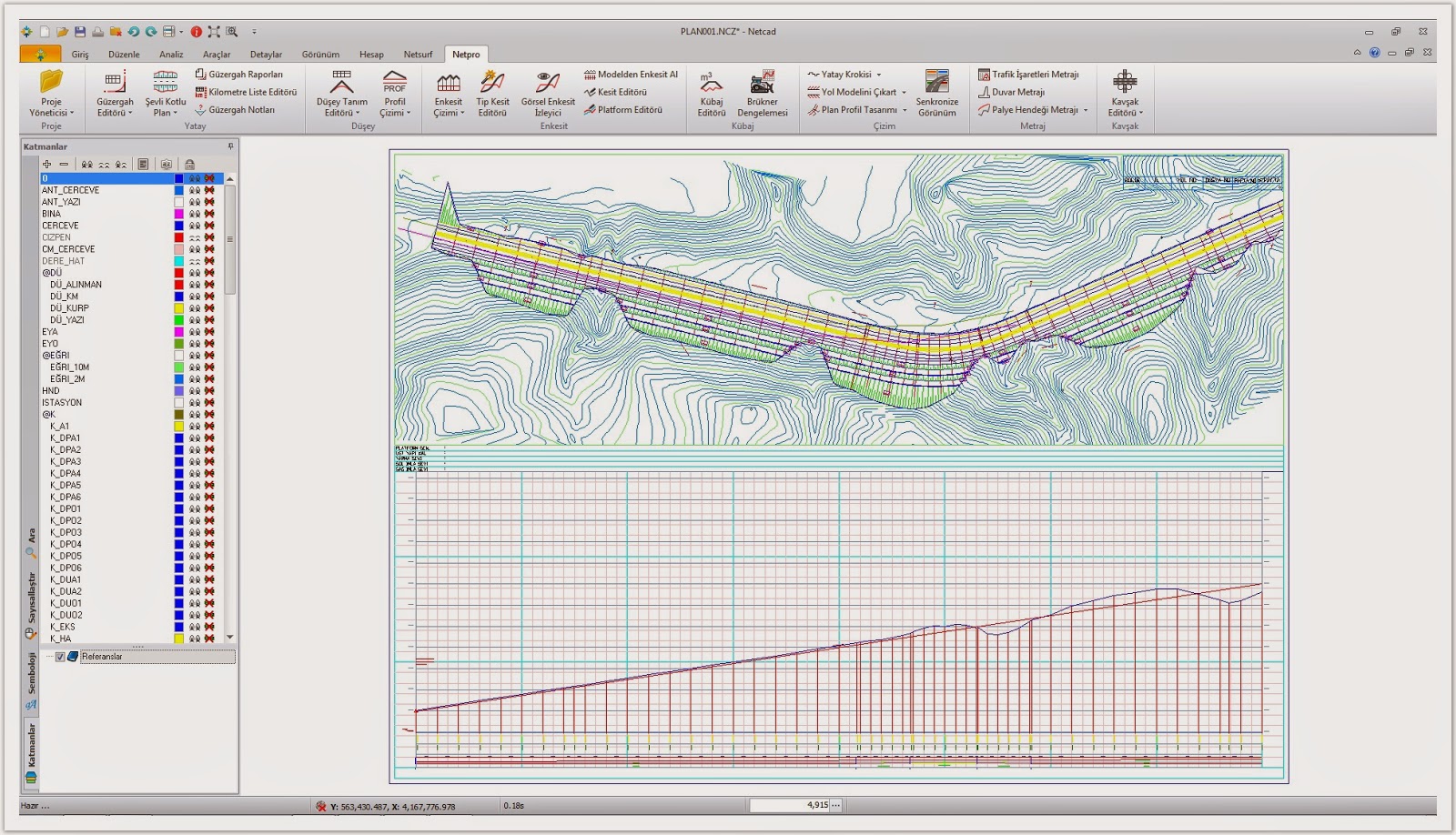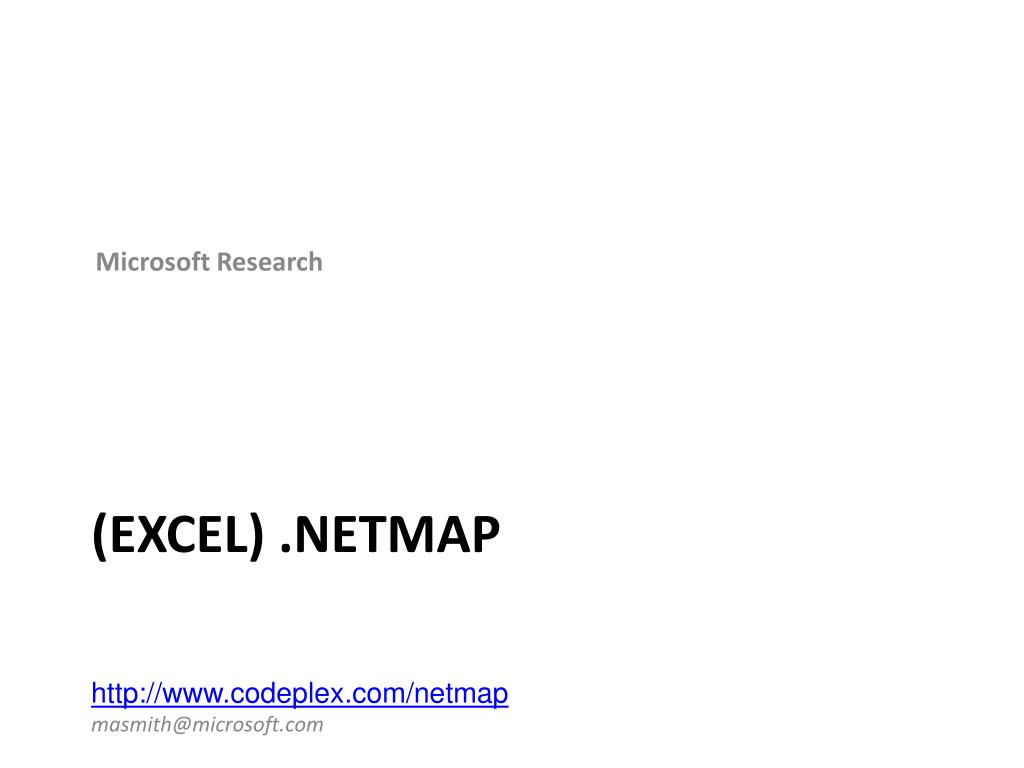
The authors describe the organization of the book as a tree consisting of three parts - root (getting started), trunk (NodeXL tutorial), and branches (case studies). The book will benefit researchers in the field of information sciences as well as practitioners as they try to improve the value of their social media endeavours. The book assumes no previous knowledge of network analysis and is written with both practitioners and researchers in mind. According to the authors, the aim is to "substantially lower the barrier to entry for social media network analysis while at the same time raising the power offered to users seeking network insights" (p.
EXCEL NETMAP SOFTWARE
Hence, software and book are inseparable. This book is one of the few software tutorial books written by authors who are part of the group that developed the software. NodeXL has been adopted as the preferred tool for a number of network analysis courses. Its open source availability as a template for Excel 2007 and Excel 2010 made it appear, from day one, to be a familiar software application.


Netmap) for the first time made it possible for users to directly import live data from sites like Twitter, YouTube, and Flickr. Launched around December 2009, NodeXL (earlier known as. In addition, the majority of these software tools do not yet have the functionality to procure and analyse online data resulting from the explosion in social media space. However, the relatively long learning curve associated with such software has kept most practitioners from using the applications. Tools to analyse social relationships have been around since the 1990s. So, what do we do with the enormous amount of data emerging online?

In 2009, the overall traffic from online social networking sites surpassed that of e-mail, ushering in a new era of social media that was here to stay. Millions of people across the globe are using social media sites like Facebook, YouTube, Flickr, discussion boards, blogs, and other online platforms to meet new friends, keep in touch with current friends, organize political rallies, share videos and photos, discuss the launch of a new product, rate an existing product, or simply communicate. In our times, digital technologies, and especially the Internet, have given completely new meaning to social interaction. The concept of social networks is not new - from time immemorial, people have used affiliations to live in communities and carry out endeavors from hunting for food and arranging marriages to running businesses. The last decade has seen intense interest among researchers and other groups in both analysing and visualizing social networks. Analyzing social media networks with NodeXL: insights from a connected world. Hansen, Derek, Shneiderman, Ben, and Smith, Marc A.


 0 kommentar(er)
0 kommentar(er)
